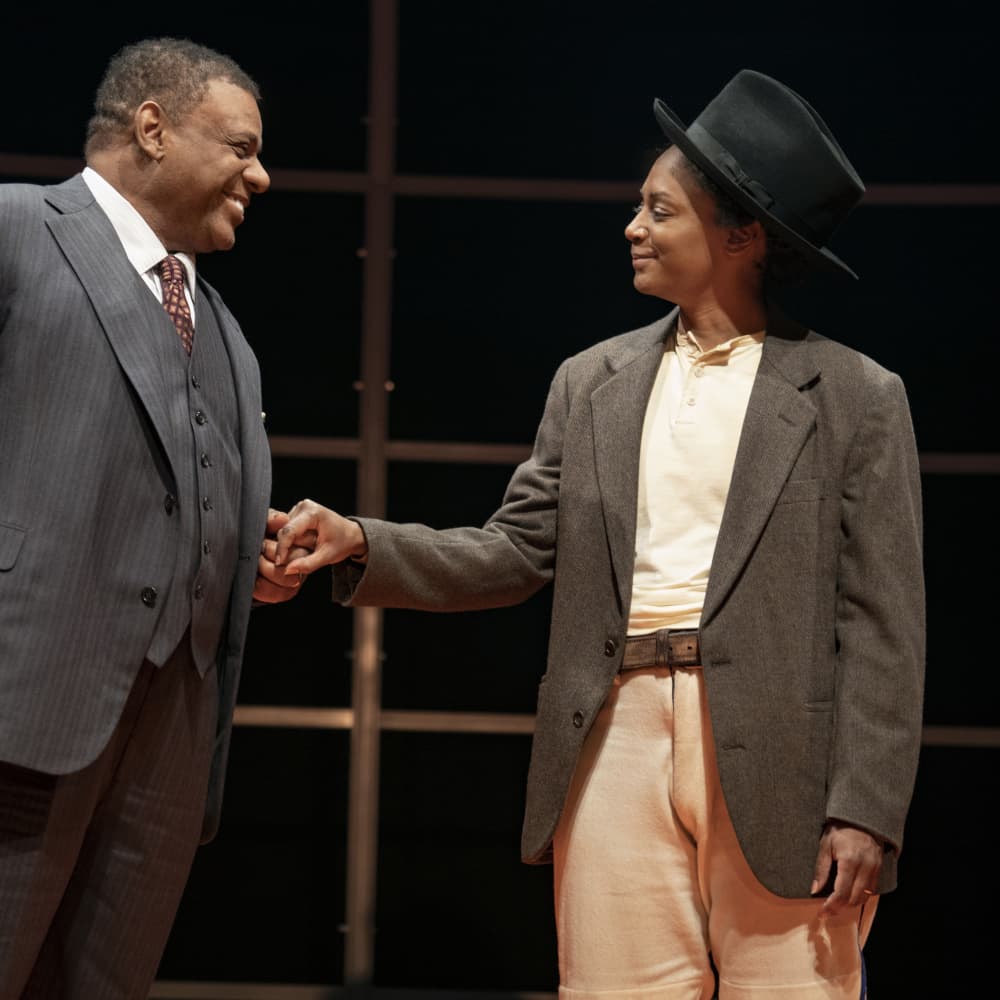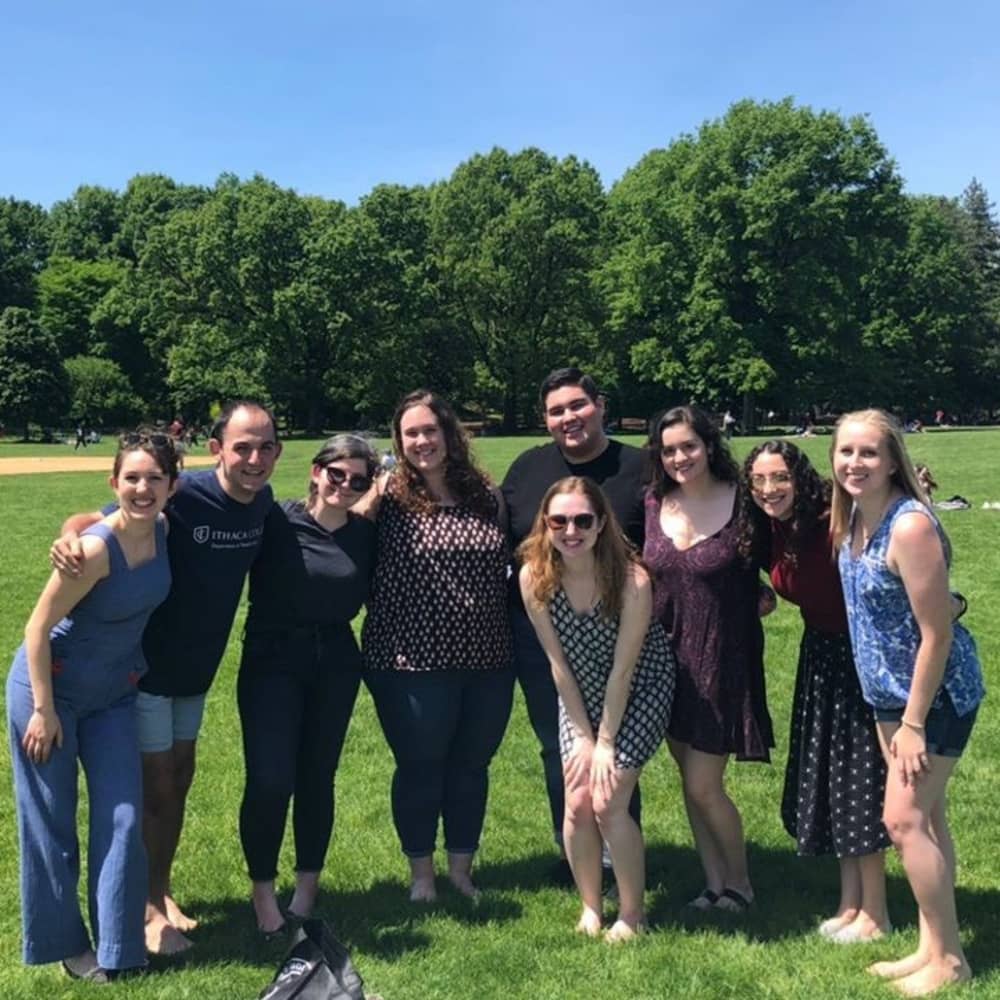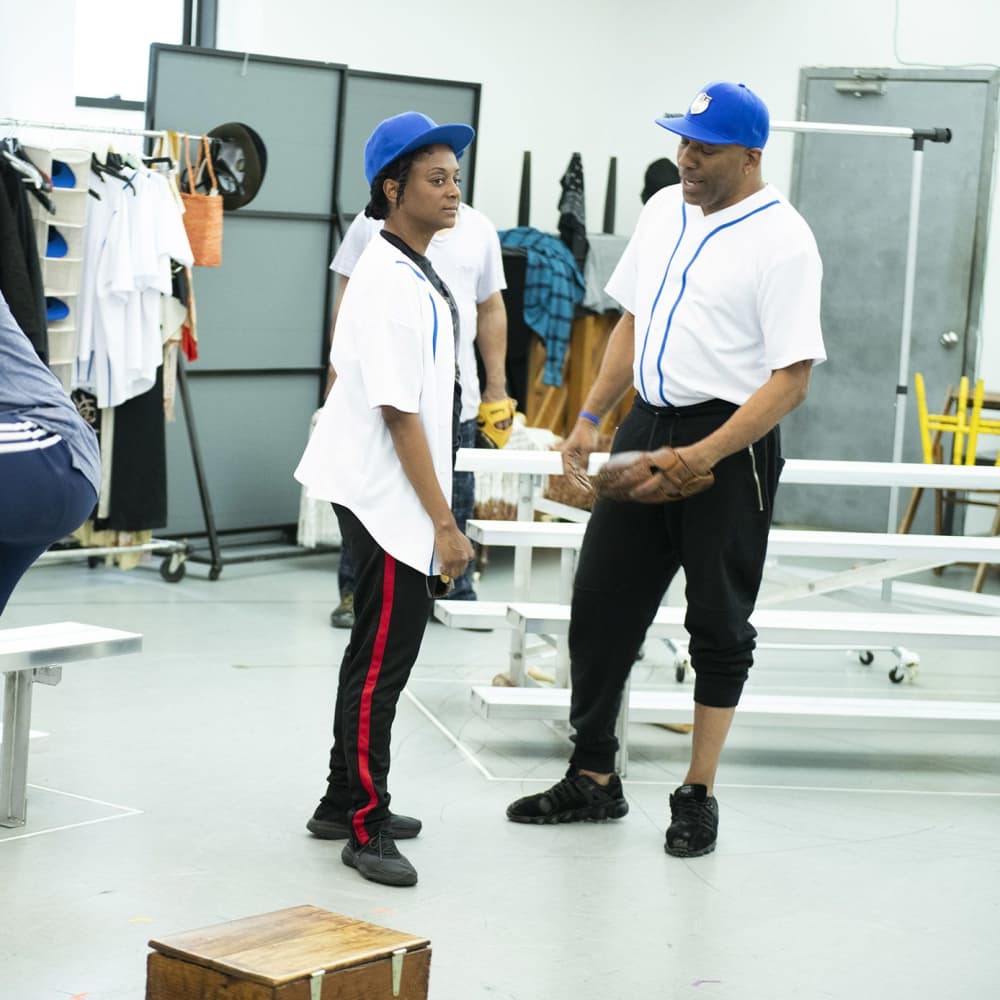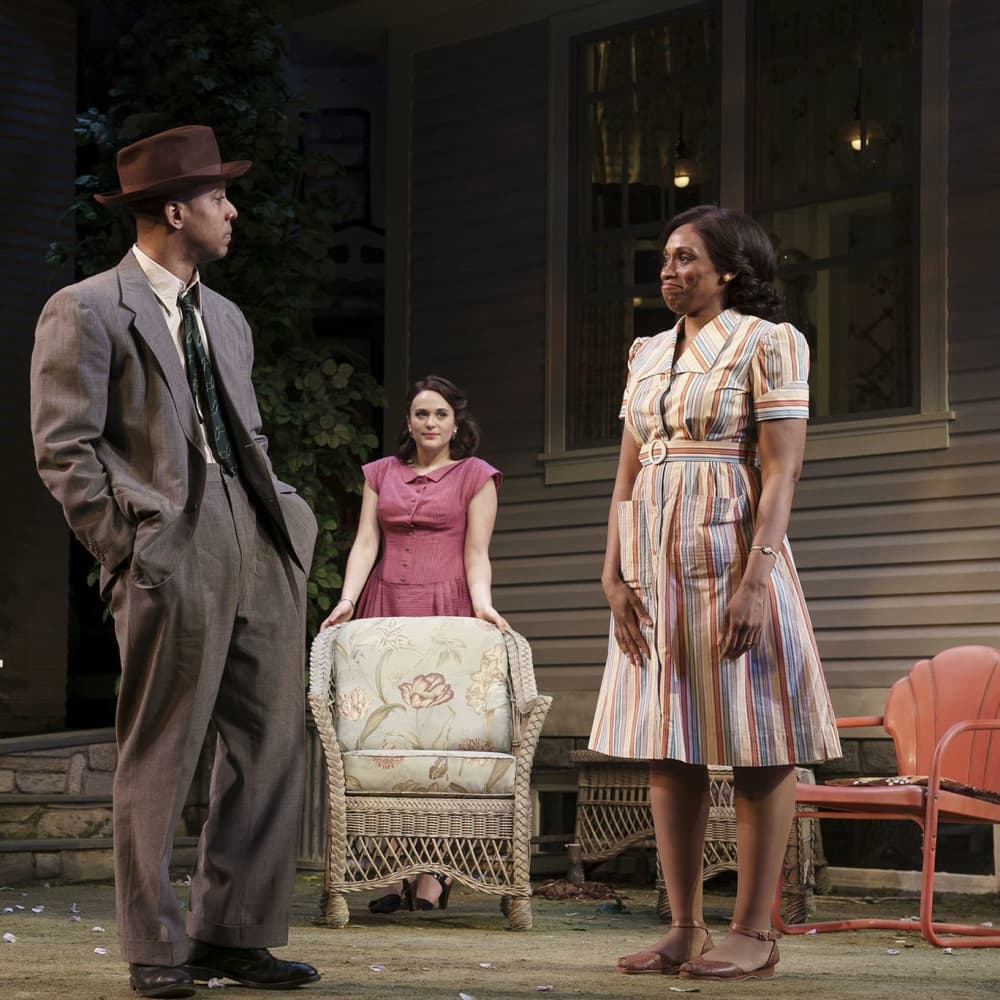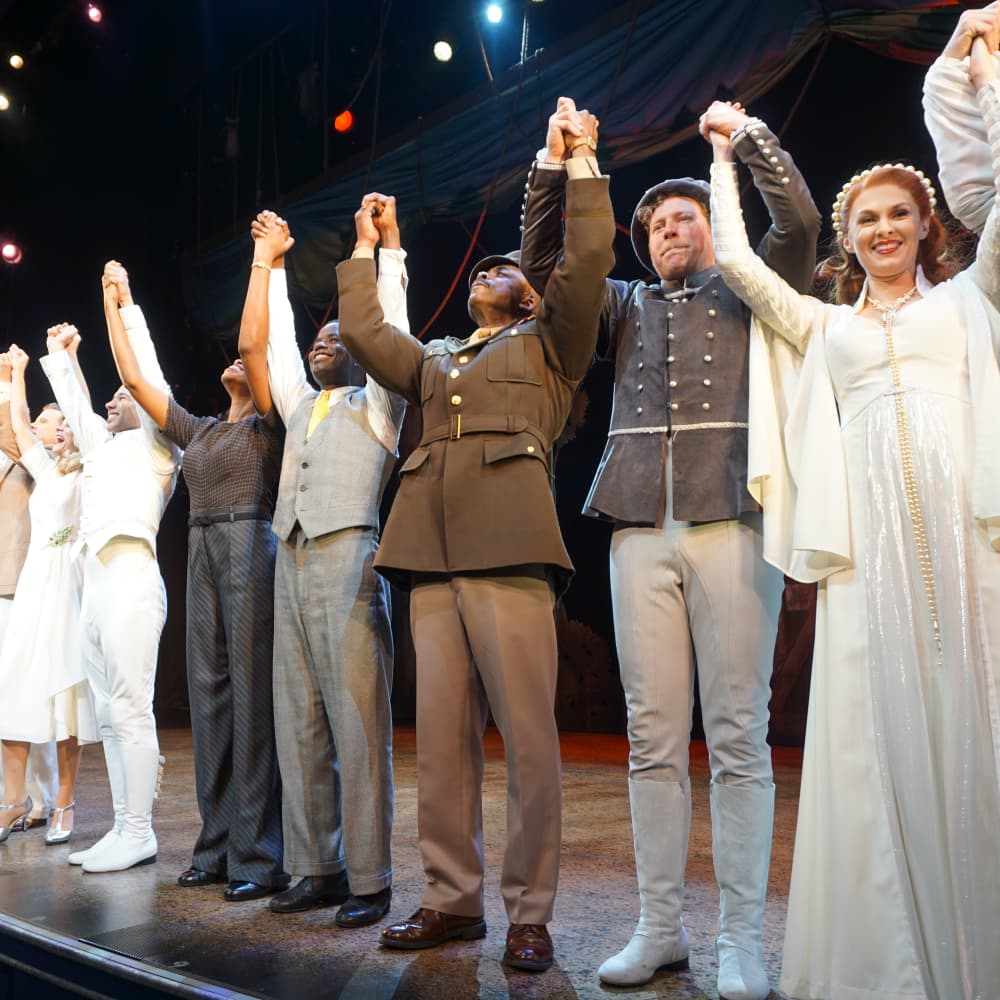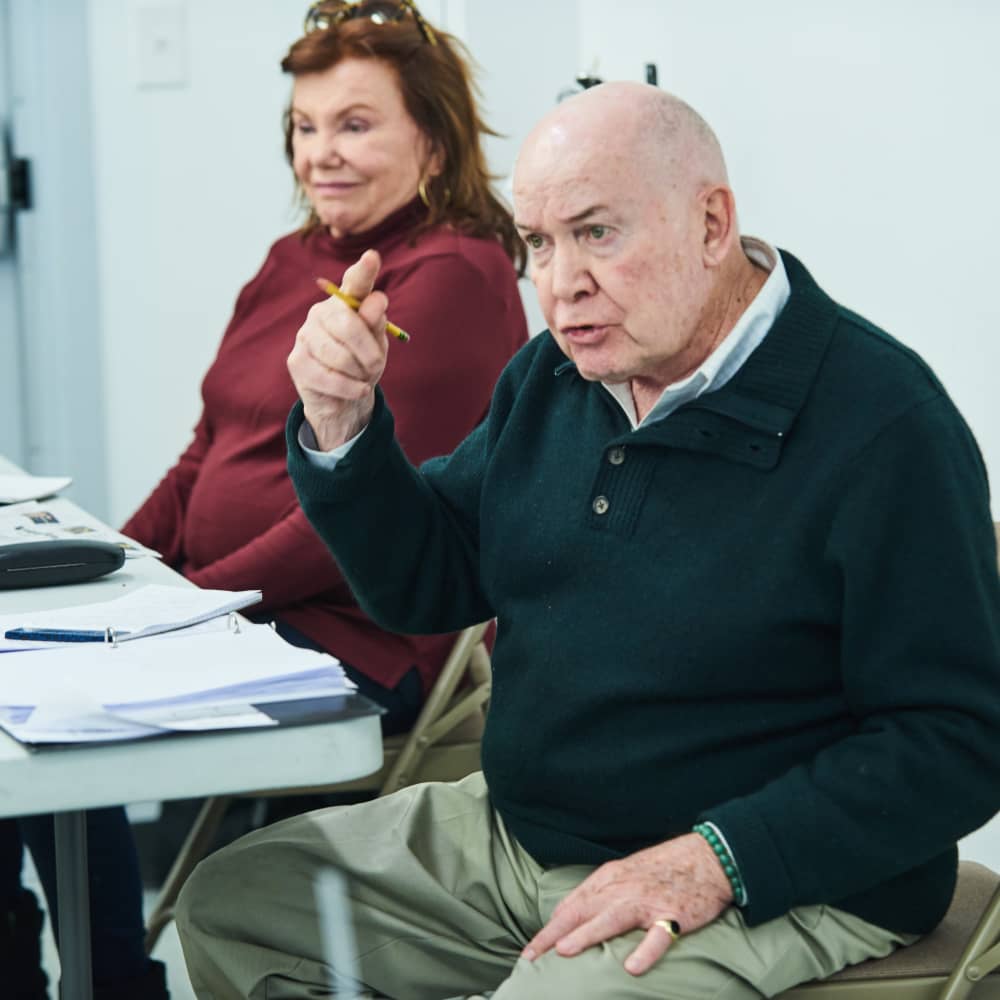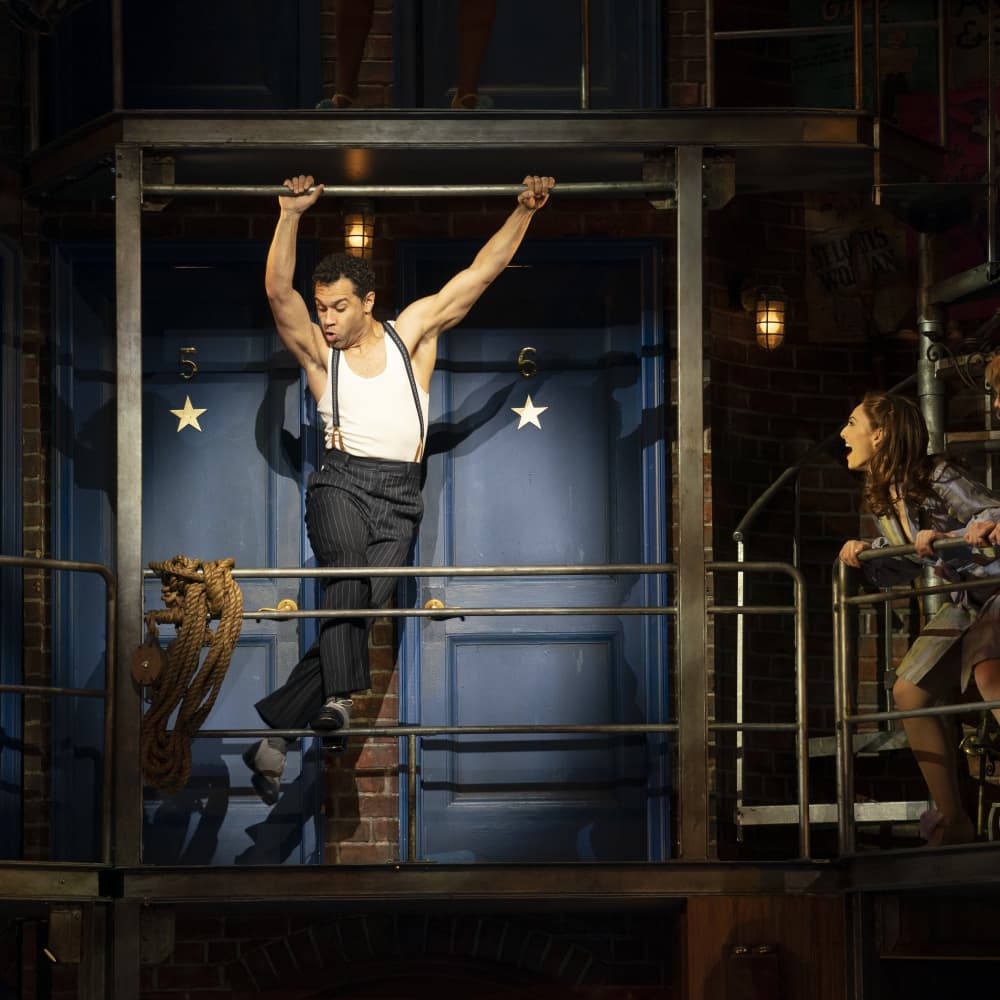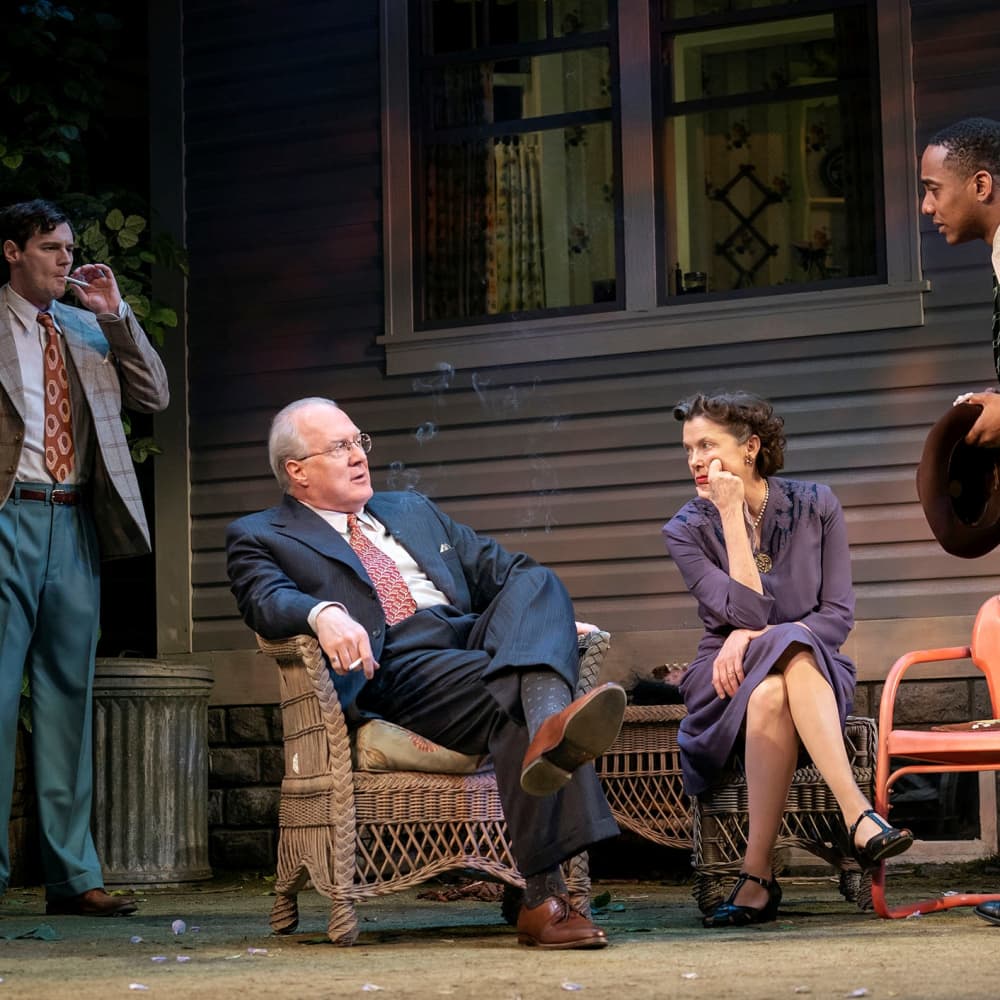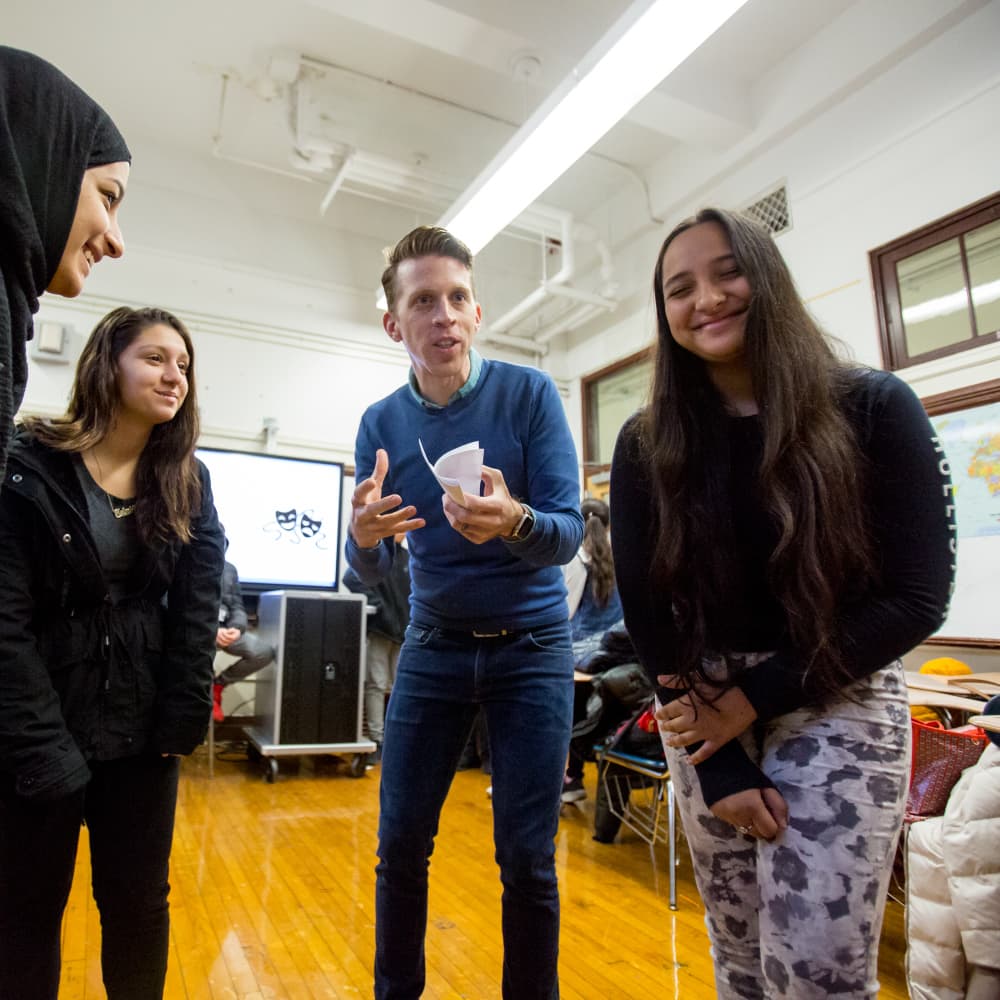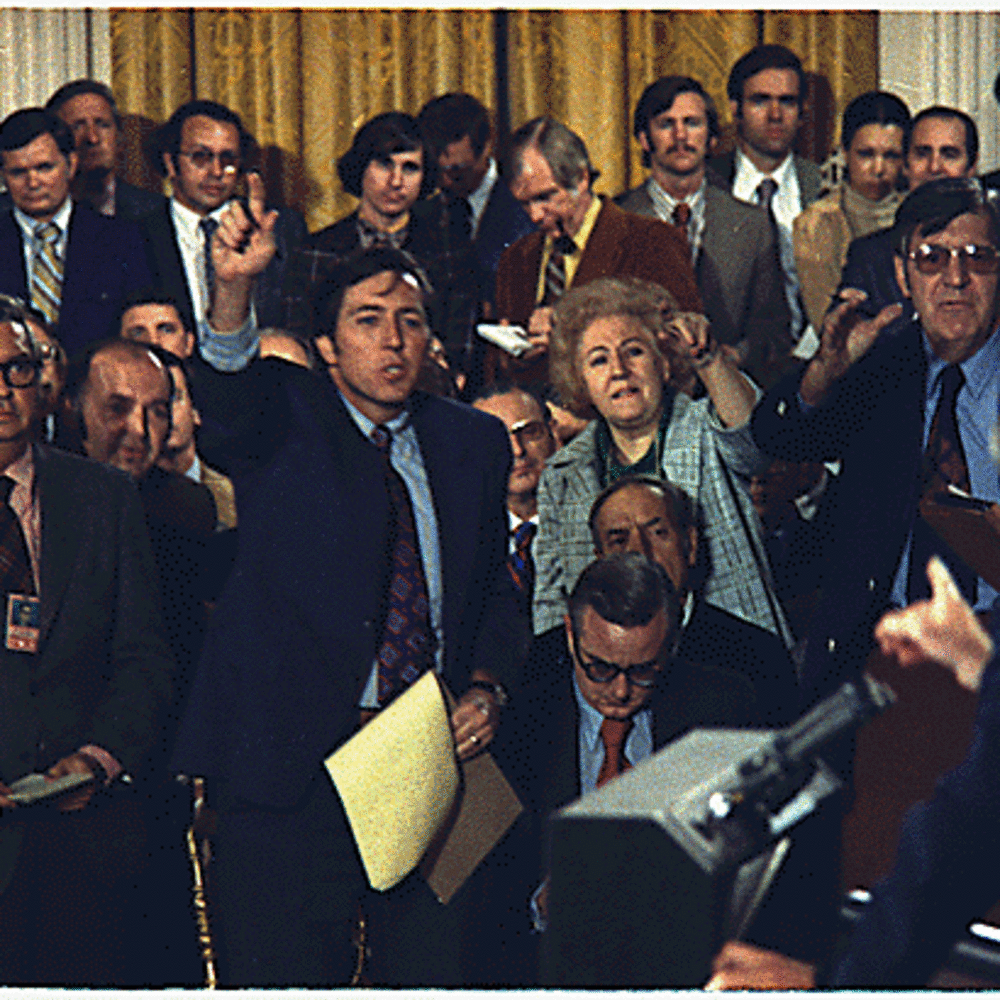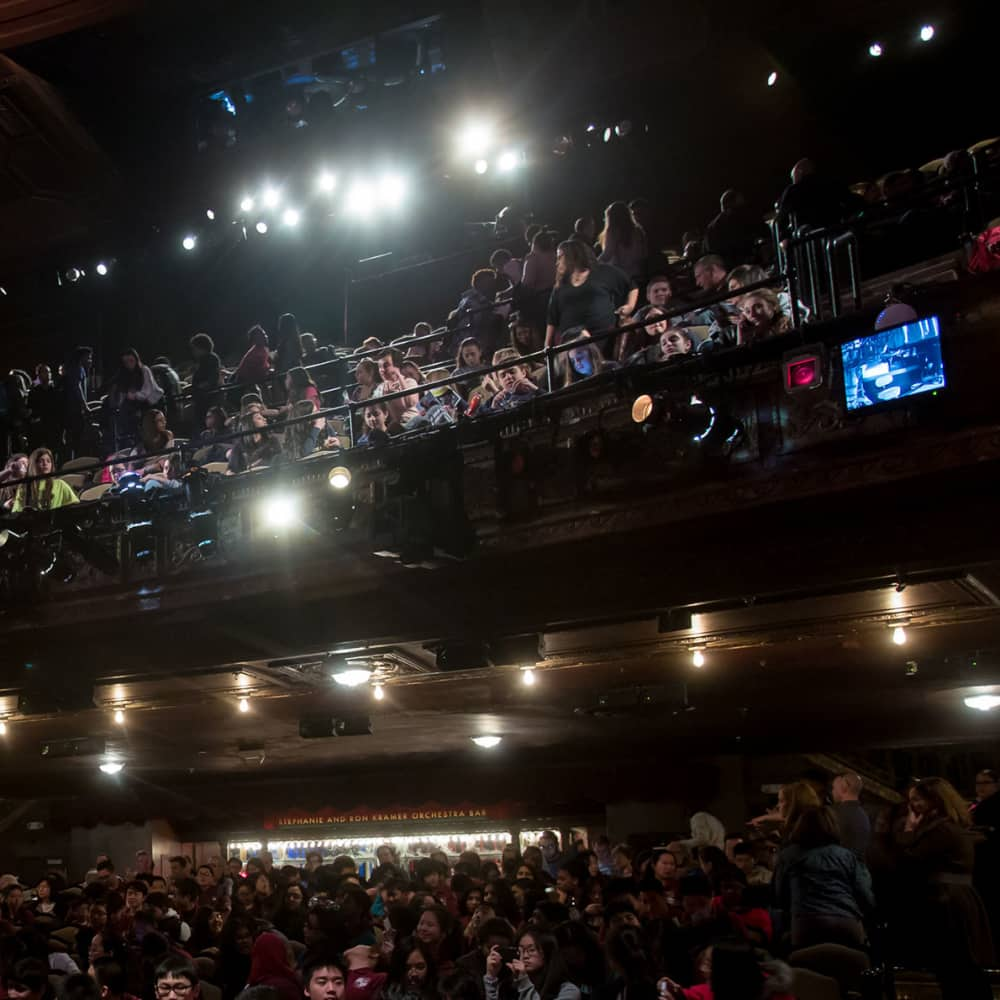Something Clean:
Boys will be Boys?
Posted on: May 15, 2019
Institutional Rape Culture
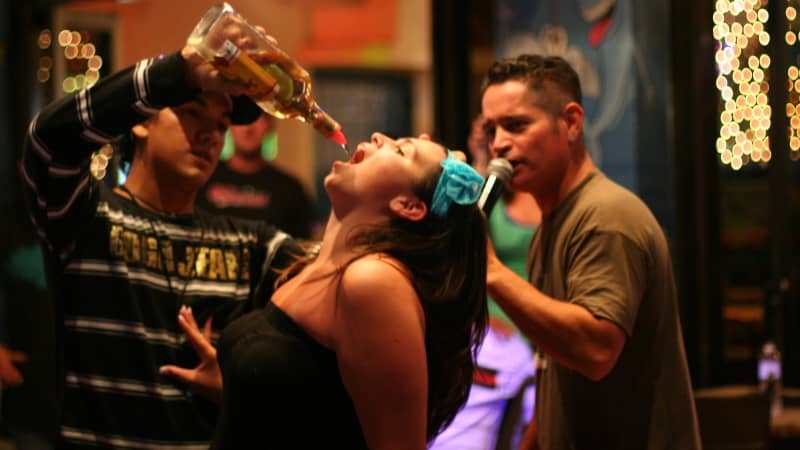
The Oxford Dictionary defines rape culture as “a society or environment whose prevailing social attitudes have the effect of normalizing or trivializing sexual assault and abuse.” Jokes about sexual assault, victim blaming, objectification, and the cultural expectation that men have to coerce women into having sex all contribute to rape culture.
In American Hookup, Lisa Wade examines perceived sexual norms and the paradigm of hookup culture on college campuses. Wade explains, “Hookup culture both catalyzes and camouflages sexually coercive behavior.” Students acknowledge the role of status: a hookup has to be “worth it.” The common colloquialism is “to score.” And no student group has more to gain from status-based hookup culture than college athletes and fraternity members, who are 300% more likely to commit sexual assault than their peers.
Percentage of undergraduates who experience rape or sexual assault through physical force, violence, or incapacitation:
23.1% of females
21% of transgender, genderqueer, and nonconforming
5.4% of males (AAU, 2015)
Inadequate Response
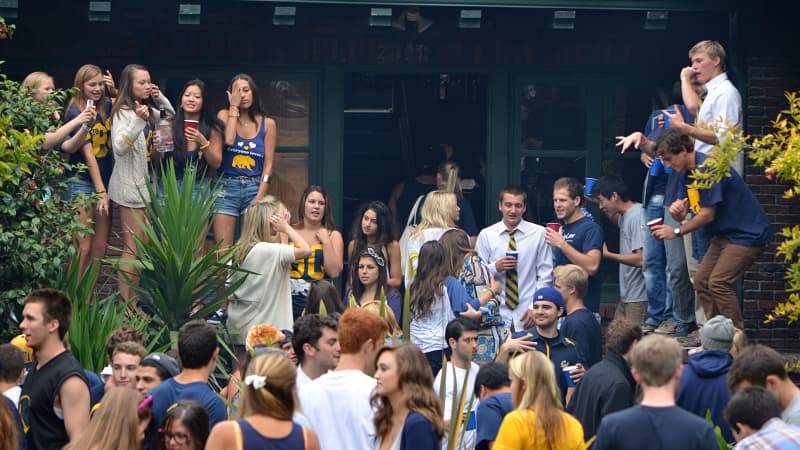
In the past decade, many universities have been publicly criticized for failure to address sexual assault on campus. A U.S. Senate survey of 440 colleges and universities found that staff or administrators discouraged victims from reporting, downgraded assault severity, delayed proceedings while athletes finish their season or graduate, or simply failed to follow up altogether.
Some institutions protect high-profile student-athletes, who garner attention, funding, fans, and therefore, applications. Athletes may suffer only trivial consequences for sexual assault. Fraternities often generate strong alumni and donor relationships for the university. Protecting athletic and fraternal organizations are the equivalent to protecting the institution itself. Universities and the national fraternity industry also carefully measure oversight to avoid liability. All this may explain why 80% of campus sexual assaults go unreported.
Baylor University

One of the most pronounced examples of collegiate rape culture is the string of Baylor University (BU) sexual assault scandals in Waco, Texas:
- Between 2011-2015, Baylor football players were accused of committing 52 rapes, many of which the administration was accused of covering up.
- In April 2012, Baylor football defensive lineman Tevin Elliott was accused of two counts of rape. Court documents alleged that senior administrators knew of at least one other accusation of sexual assault against Elliot in fall 2011. Despite sexual assault allegations first appearing in 2011, Elliot played every regular season game leading up to his arrest in spring 2012. In January 2014, Elliott was sentenced to 20 years in prison.
- In February 2016, Jacob Anderson, president of Baylor's Phi Delta Theta fraternity "repeatedly raped" another student at a fraternity party. Although he was indicted on four counts of sexual assault, he has not served any jail time.
- The law firm of Pepper Hamilton reviewed Baylor's Title IX processes, including sexual assault or dating violence reports during 2011-2015, and said the school response to sexual violence was inadequate and "failed to take action to identify and eliminate a potential hostile environment."
- Over 1000 suggested changes to Baylor’s Title IX processes have been implemented this past year.
Title IX
Title IX of the Education Amendments of 1972 is a federal civil rights law that prohibits discrimination on the basis of sex in any education program or activity that receives federal funding. Sexual harassment can qualify as discrimination under Title IX if it is "so severe, pervasive, and objectively offensive that it effectively bars the victim's access to an educational opportunity or benefit." Courts have generally found that even a single instance of rape or sexual assault by another student meets this standard.
In November of 2018, Education Secretary Betsy DeVos shared the first regulations to govern how schools should meet their legal obligations under Title IX. DeVos’s suggestions reduce the liability of colleges and universities for investigating sexual misconduct claims and increase the due process rights of defendants, including the right to cross-examine their accusers. For victims of sexual misconduct on campuses, DeVos’ rules could make it it more difficult to seek justice.
Collegiate Rape Culture in Popular Media
With only 24 states requiring sex education in public schools, and only eight of those including discussions of “sexual assault” and “consent,” many young people may look to peers, film, and other forms of media. Popular culture contributes greatly to the perception of an ideal college experience. Because of this, many 18- to 22-year-olds allow media stereotypes to shape their actions. When everything from party music to nostalgic films normalizes rape and sexual assault—often glamorizing intoxication and incapacitation—the media has the effect of perpetuating rape culture.
Rape Culture in Song
- Robin Thicke’s “Blurred Lines” (“I know you want it”)
- Justin Bieber’s “What Do You Mean?”("What do you mean, when you nod your head yes, but you wanna say no")
- Jamie Foxx’s “Blame It On The Alcohol” (“Say she usually don't, but I know that she front/'Cause shawty know what she want, but she don't wanna seem like she easy/I hear you saying what ya won't do, but you know we probably goin' do”)
What's Being Done
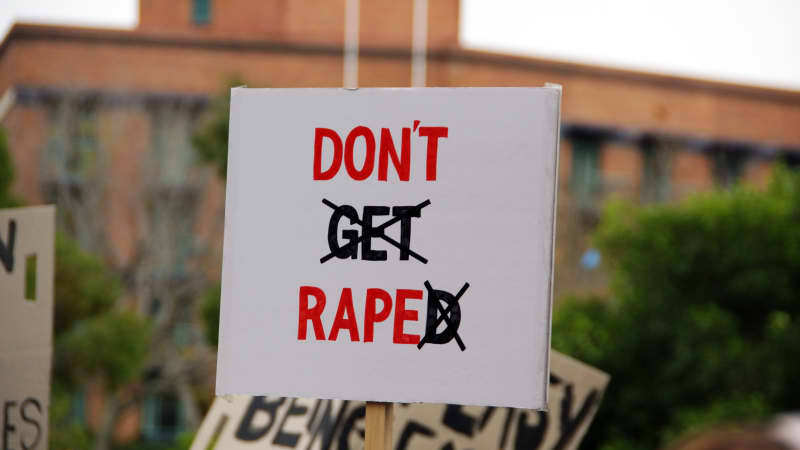
- End Rape on Campus is an organization that works to end campus sexual violence through direct support for survivors and their communities; prevention through education; and policy reform at the campus, local, state, and federal levels. More information here.
- It’s On Us is a national movement to end sexual assault, launched following recommendations from the White House Task Force to Prevent Sexual Assault. The campaign works with 95 partners and students on over 500 campuses, reaching out to students, community leaders, parents, organizations, and companies. More information here.
- Sexual Violence Prevention: An Athletics Tool Kit for a Healthy and Safe Culture, created by The National Collegiate Athletic Association, helps member schools to prevent sexual violence on their campuses. It provides tools for athletics administrators to create safe, violence-free communities. More information here.
- The Good Men Project provides resources such as “The Healthy Sex Talk: Teaching Kids Consent, Ages 1-21” to help adults teach age-appropriate concepts of consent. More information here.


